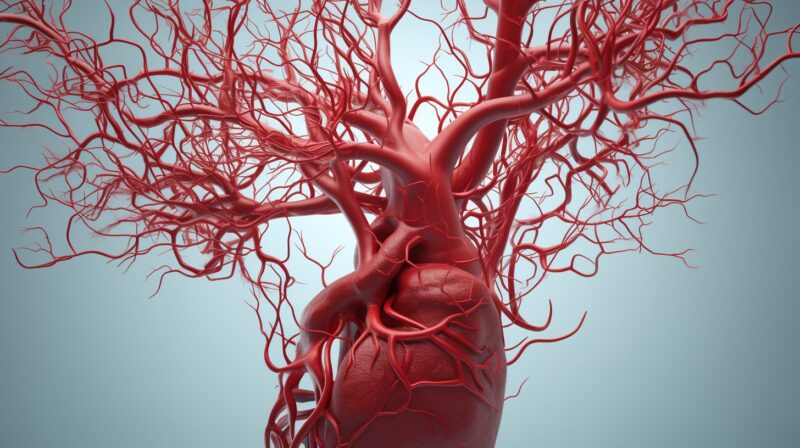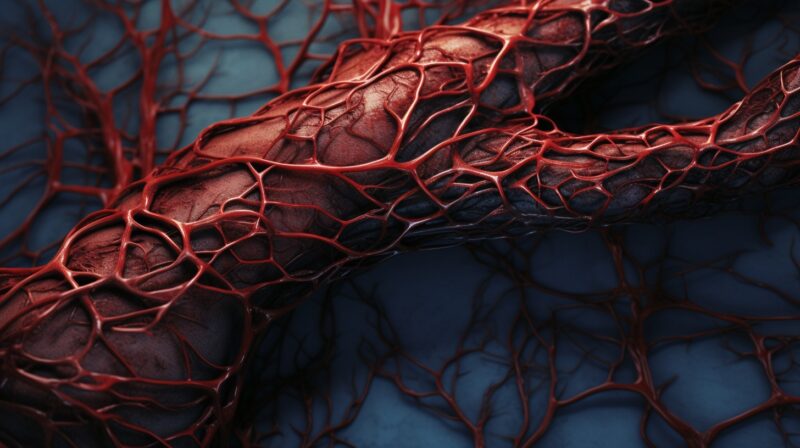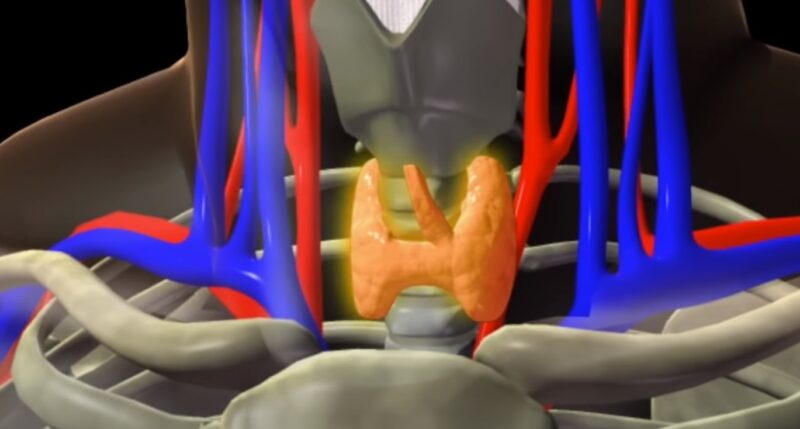Vascular compliance is a fascinating concept in the world of cardiovascular physiology. It plays a crucial role in how blood vessels adapt to different blood volumes and the resulting changes in blood pressure. In this post, we’ll explore the details regarding vascular compliance, its importance in various contexts, and the mechanisms that regulate it.
The cardiovascular system is truly remarkable, with its network of vessels designed to efficiently transport blood throughout the body. One of the key factors that facilitate this efficient transport is the notion of vascular compliance.
Vascular compliance refers to the relationship between the volume of blood within a segment and the blood pressure generated by that volume. In simpler terms, it measures how easily a vessel can expand or contract in response to changes in blood volume.
High compliance means that a vessel can accommodate large blood volumes with minimal pressure changes, whereas low compliance suggests that even small changes in volume can result in significant pressure fluctuations.
High Compliance Vessels:
- Can be filled with large volumes of blood for a given blood pressure.
- Typically have thin, floppy vascular walls.
- Example: Veins
Low Compliance Vessels:
- Can only be filled with small volumes for a given blood pressure.
- Generally have thick, elastic or muscular vascular walls.
- Example: Arteries
Compliance of Functional Vascular Segments
Not all blood vessels are created equal. Each segment of the vasculature has its own unique level of flexibility, mainly because of the structural differences in their walls.
When it comes to arteries, they possess thick, elastic, or muscular walls, which means their compliances are generally quite low. This implies that even a slight increase in blood volume can lead to significant spikes in arterial pressure. This particular characteristic plays a vital role in maintaining a constant flow of oxygenated blood to the body’s tissues.
In contrast, veins have thin, floppy walls that give them high compliances. Consequently, they can easily accommodate large amounts of blood without experiencing significant changes in pressure. This attribute is crucial for the storage of blood and ensuring a continual supply to the heart.
Arterial Compliance
Venous Compliance
Regulation of Compliance
Our bodies are truly remarkable in their ability to adapt and bounce back. They have this incredible way of regulating themselves to keep things running smoothly, no matter what challenges they face.
One of the key players in maintaining the flexibility of our blood vessels is the autonomic nervous system, particularly the sympathetic nervous system (SNS). The SNS sends its fibers to the blood vessels, where it has a direct impact on their flexibility and responsiveness.
When a chemical called norepinephrine is released and interacts with specific receptors in the smooth muscles of the blood vessels, it triggers their contraction. This contraction reduces the flexibility of the blood vessels in that particular area. Interestingly, even when we’re at rest, our baseline levels of flexibility are influenced in part by the stimulation from the SNS.
Increasing Vascular Compliance
Decreasing Vascular Compliance
Arterial Physiology and Compliance

Arteries, often called the “highways” of the circulatory system, play a crucial role in delivering oxygen-rich blood from the heart to different tissues. They have a special structure and are not very flexible, which helps them handle high pressures and keep the blood flowing without interruptions.
Having flexible arteries is important because it helps to reduce the pulsating nature of the blood flow that comes from the heart. With every heartbeat, a rush of blood is pushed into the arteries. Thanks to their elasticity, the arteries stretch to accommodate this rush and then slowly bounce back, making sure the blood flows smoothly downstream.
Role of Arterial Compliance
Factors Affecting Arterial Compliance
Venous Physiology and Compliance
Veins, often referred to as the “storage units” of the circulatory system, play a vital role in carrying deoxygenated blood back to the heart. They possess remarkable flexibility, acting like reservoirs that can hold over half of the body’s blood supply at any given moment.
In contrast to arteries, veins work under significantly lower pressure. Their impressive flexibility allows them to adapt to different blood volumes while keeping pressure changes to a minimum, making them highly efficient blood reservoirs.
Role of Venous Compliance
Factors Affecting Venous Compliance
Modulation of Vascular Compliance

The body has an amazing way of adjusting how flexible our blood vessels are, and it’s not only controlled by the autonomic system. There are many other factors, both from within our bodies and from the outside, that contribute to the flexibility of our blood vessels.
Take hormones, for example. They have the power to affect the tone and flexibility of our blood vessels. The cells that line the blood vessels, called endothelial cells, release substances that can either relax or tighten the vessels, which in turn affects their flexibility.
Hormonal Influence on Compliance
External Factors Affecting Compliance
Clinical Implications
For instance, reduced arterial compliance is often seen in conditions like hypertension and atherosclerosis. It can lead to increased cardiac workload and can be a precursor to heart failure. On the other hand, altered venous compliance can result in conditions like varicose veins and chronic venous insufficiency.
Arterial Compliance and Cardiovascular Diseases
Venous Compliance and Venous Disorders







